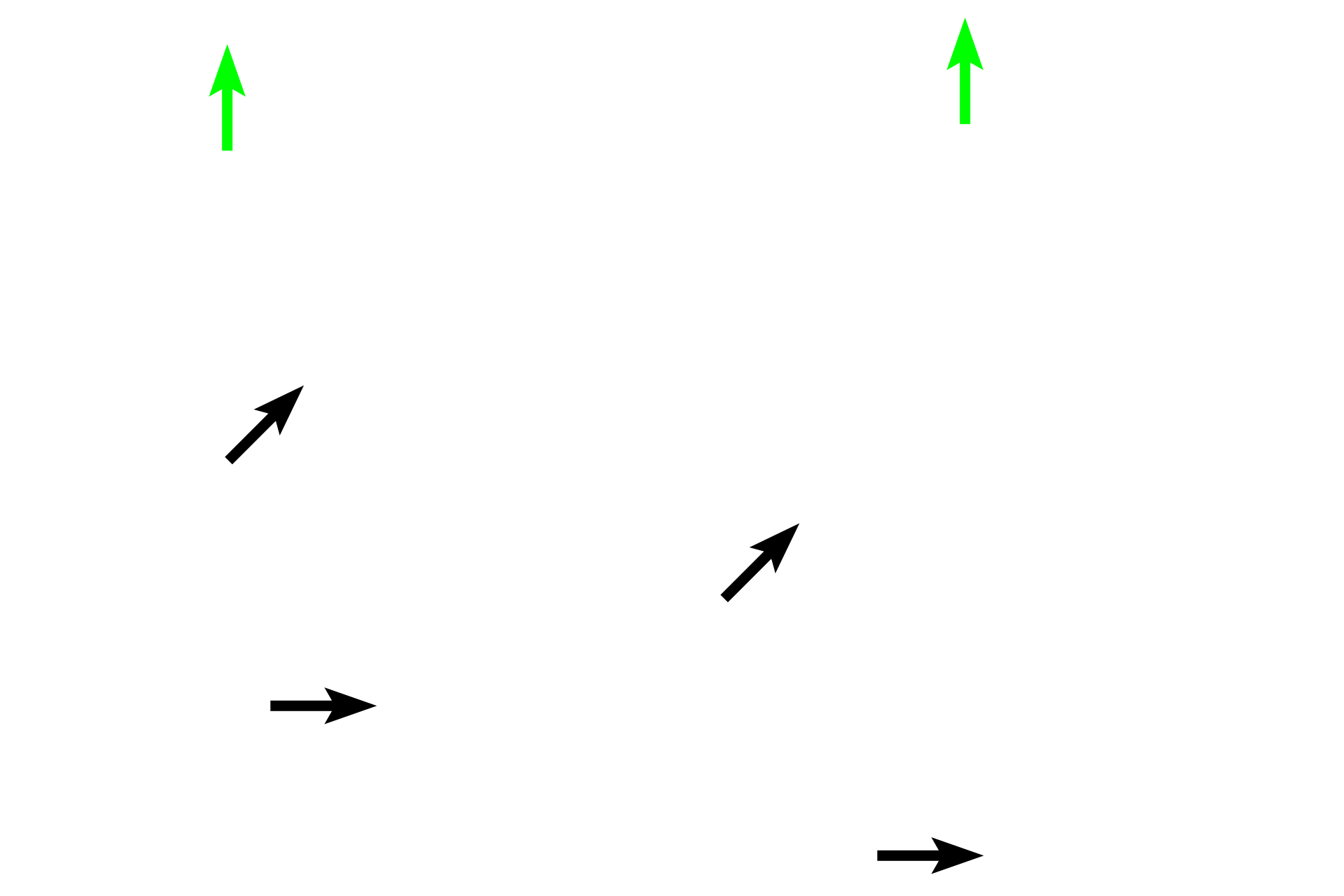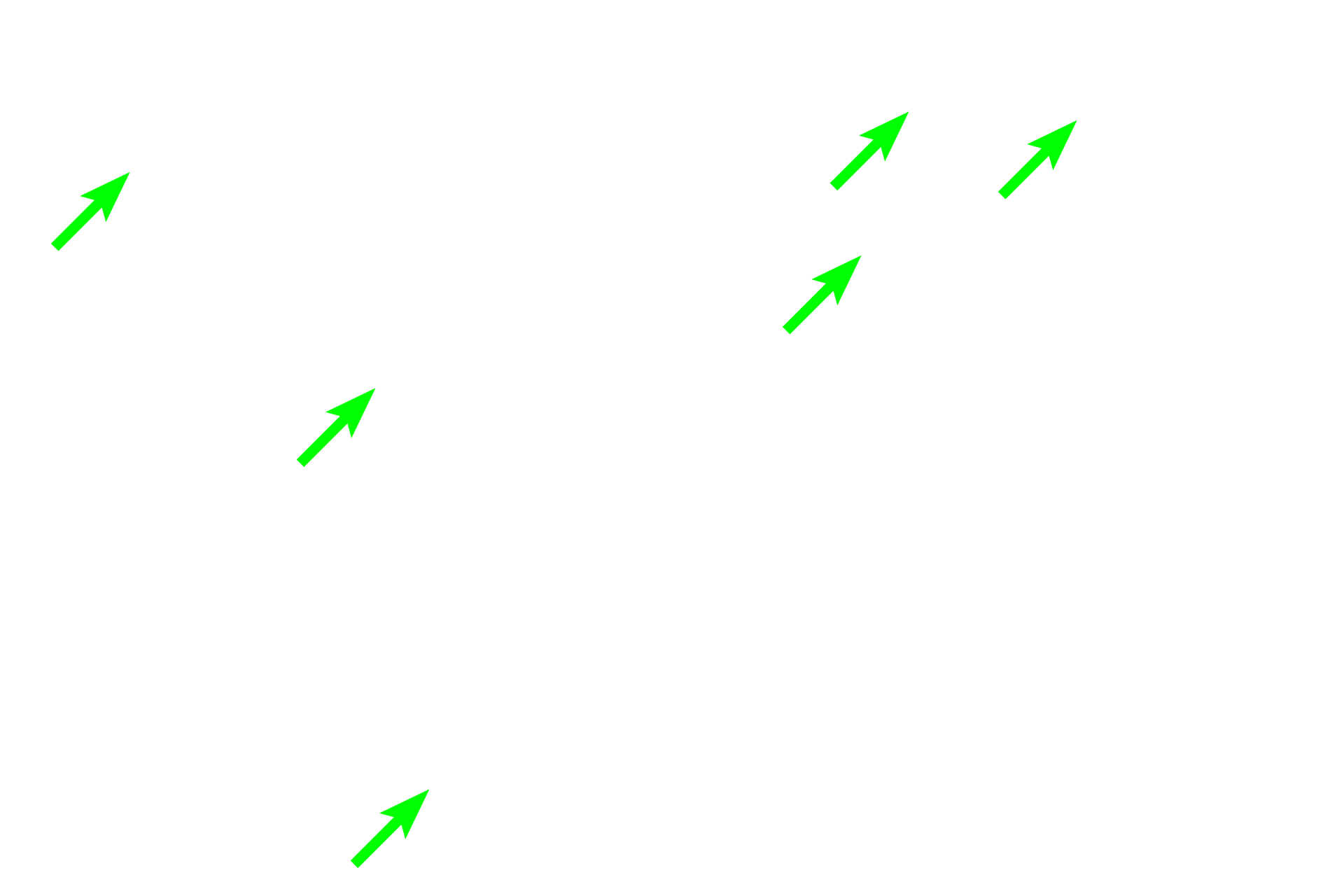
Bone: the organ - components
Bone tissue has two different appearances: compact and spongy. Compact (cortical) bone appears as a solid mass to the naked eye. This bone comprises the shafts of long bones and forms a peripheral layer over all bones, except in regions of articular cartilages. Spongy (cancellous) bone is found in the interior and resembles a sponge to the naked eye. It consists of a network of bony spicules or trabeculae, enclosing small marrow spaces. Spongy bone is present in the epiphyses and lining the interior of the diaphysis. 1x, 10x

Compact bone >
Grossly, the bone tissue has two different appearances: compact and spongy. Compact (cortical) bone appears as a solid mass to the naked eye. This bone comprises the shafts of long bones and forms a peripheral layer over all bones, except in regions of articular cartilages. Spongy (cancellous) bone is found in the interior and resembles a sponge to the naked eye. It consists of a network of bony spicules or trabeculae, enclosing small marrow spaces. Spongy bone is present in the epiphyses and lining the interior of the diaphysis. 1x, 10x

Spongy bone
Grossly, the bone tissue has two different appearances: compact and spongy. Compact (cortical) bone appears as a solid mass to the naked eye. This bone comprises the shafts of long bones and forms a peripheral layer over all bones, except in regions of articular cartilages. Spongy (cancellous) bone is found in the interior and resembles a sponge to the naked eye. It consists of a network of bony spicules or trabeculae, enclosing small marrow spaces. Spongy bone is present in the epiphyses and lining the interior of the diaphysis. 1x, 10x

Epiphyseal plate >
Long bones grow in length from a plate of hyaline cartilage, called the epiphyseal plate, located between the epiphysis and the metaphysis. The plate is indicated in the decalcified section on the right; its located is indicated in the dried bone on the left.

Red bone marrow >
Red marrow fills the spaces between spicules of spongy bone in the epiphyses of adults and is also present in the marrow cavity of younger individuals, as shown here. Red marrow consists of myeloid, (hemopoietic) tissue that produces red and white blood cells.

Marrow cavity >
The shaft of the diaphysis contains a marrow cavity, occupied by bone marrow. By age 25, red marrow is replaced by yellow marrow, consisting of adipose connective tissue with limited myeloid tissue.